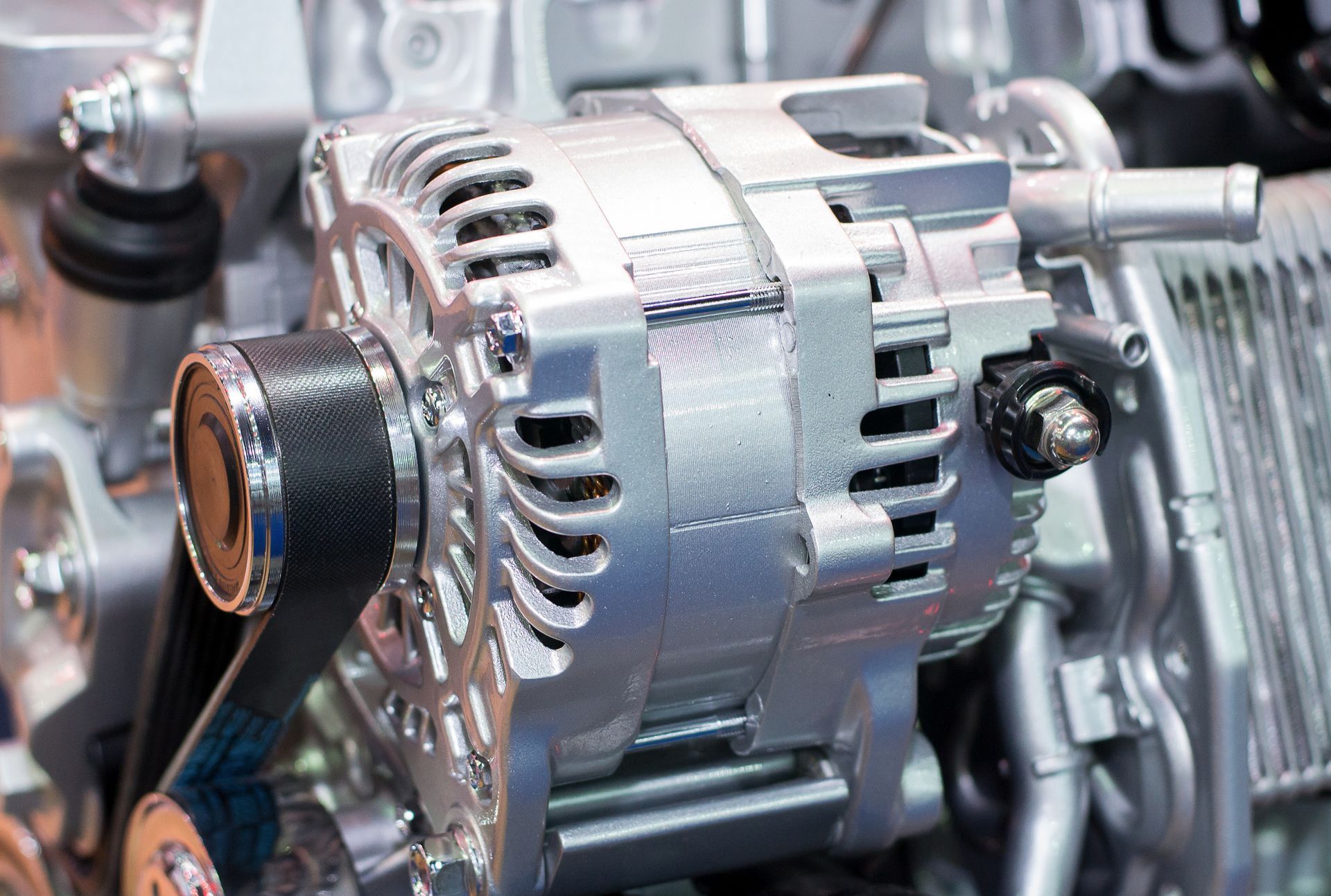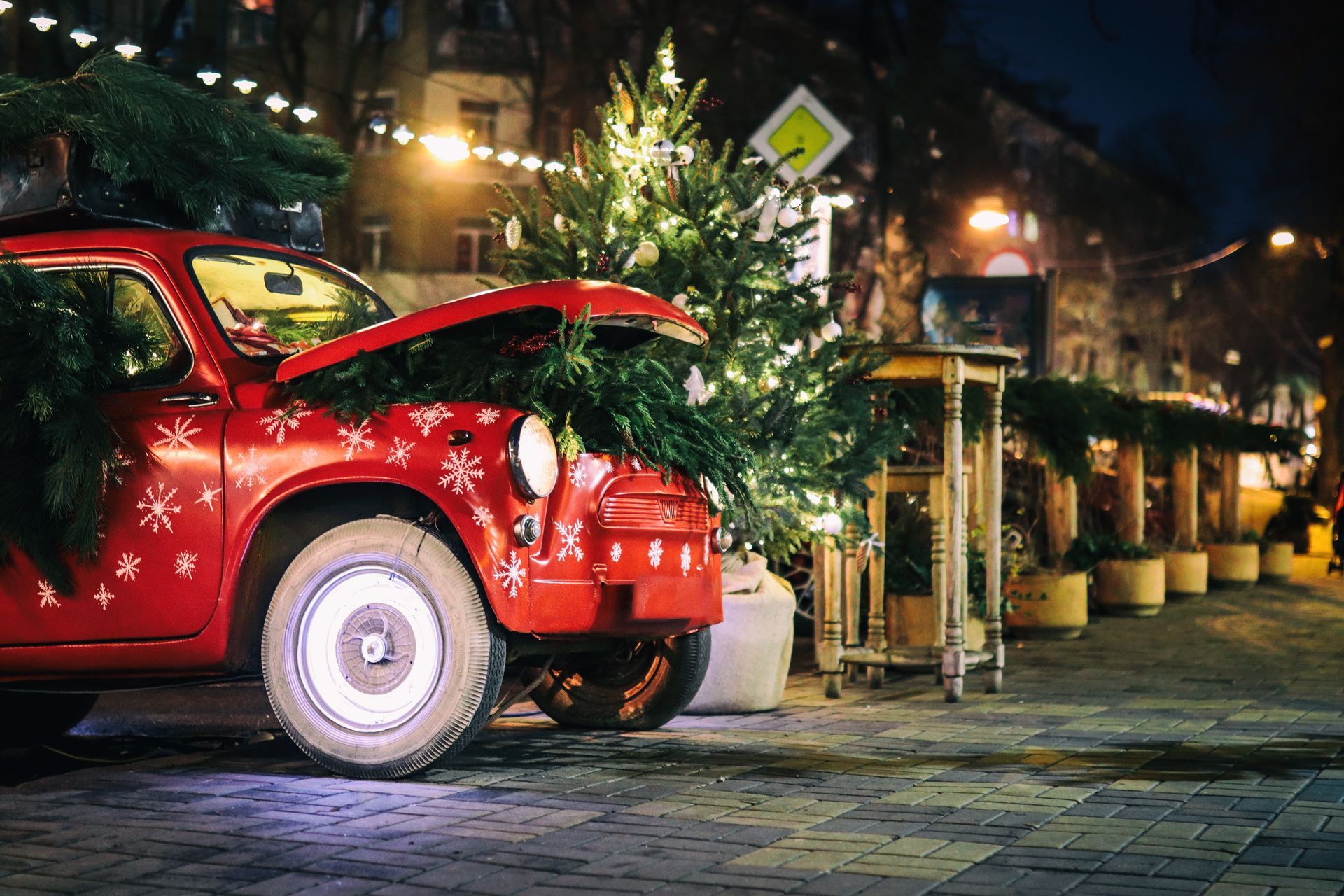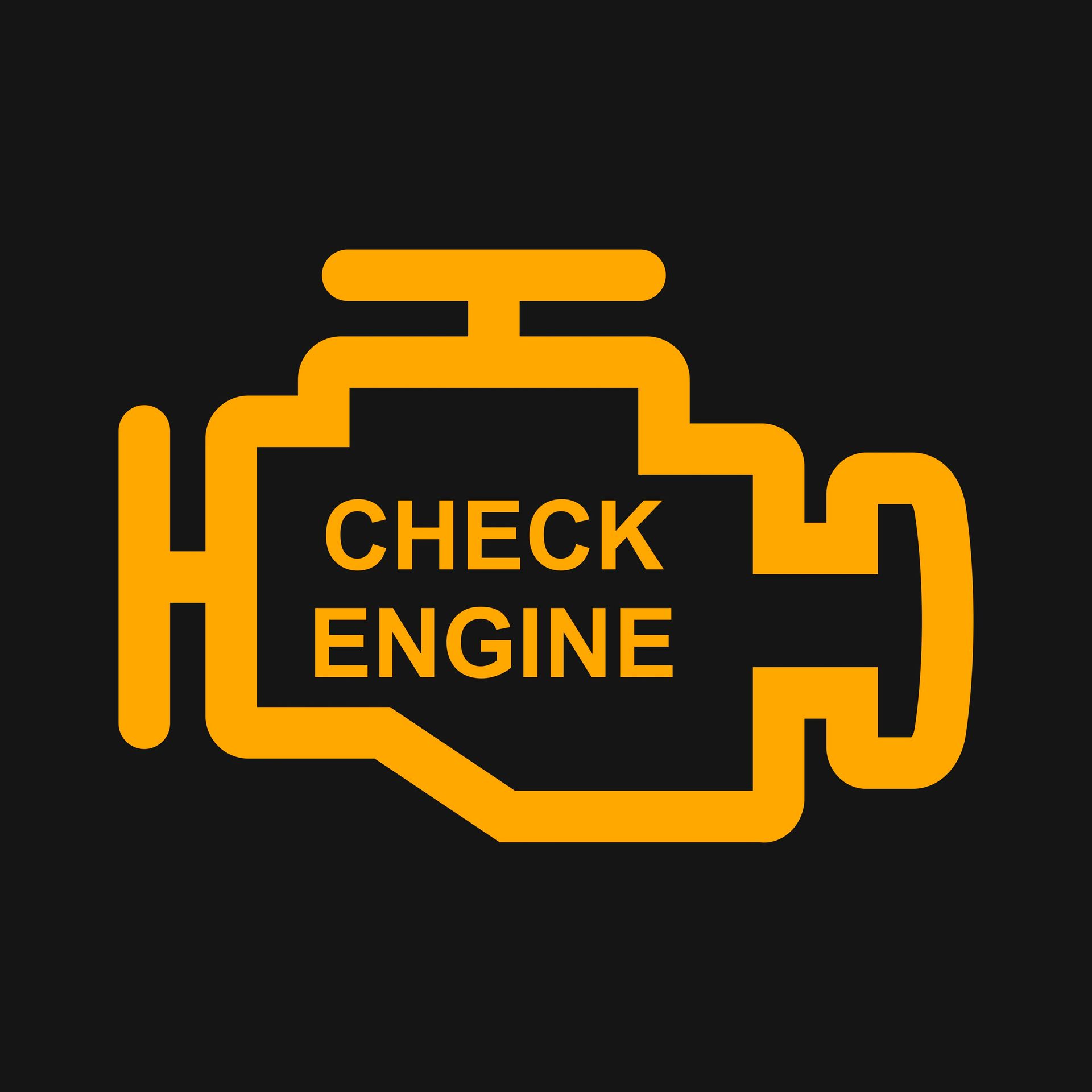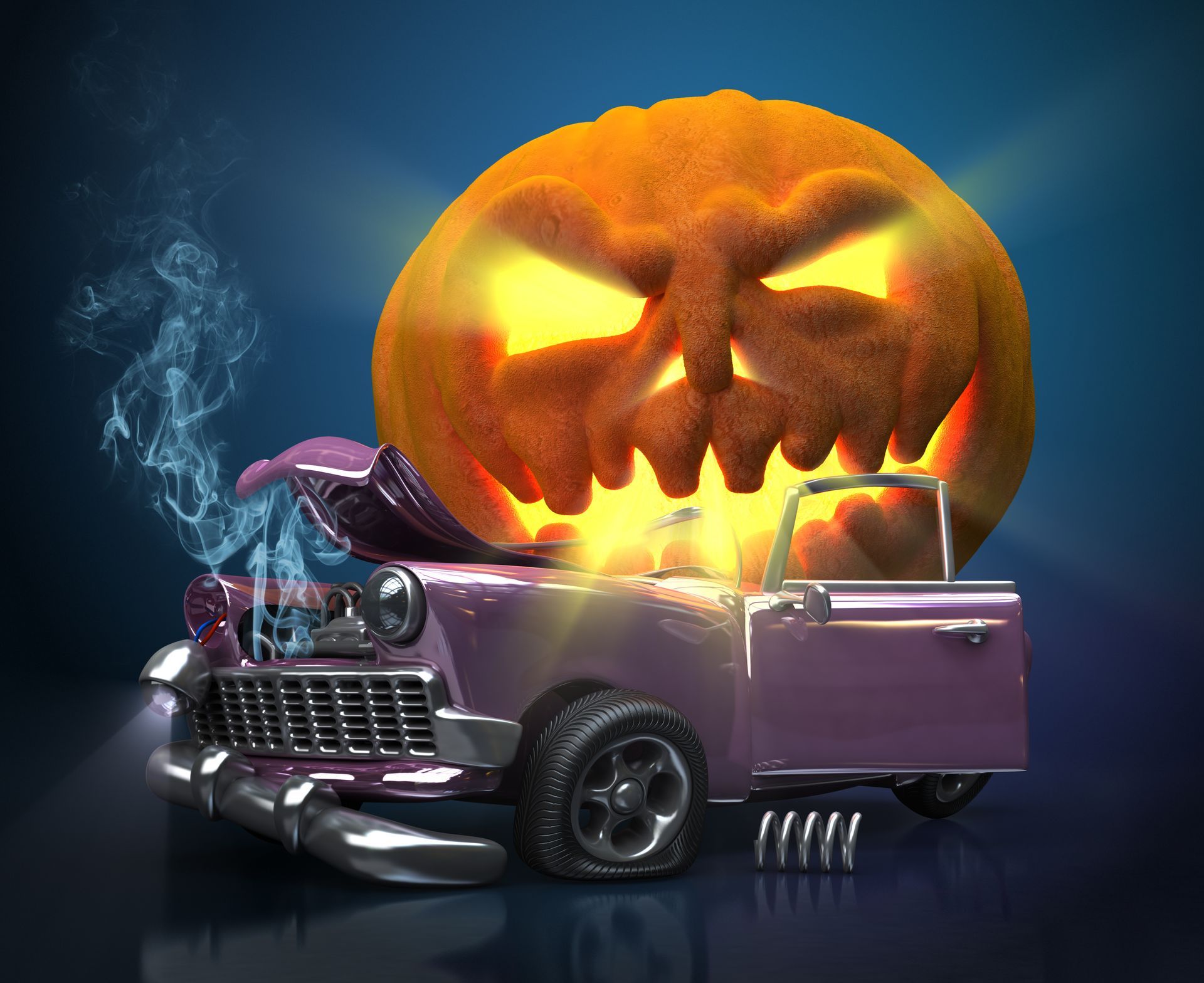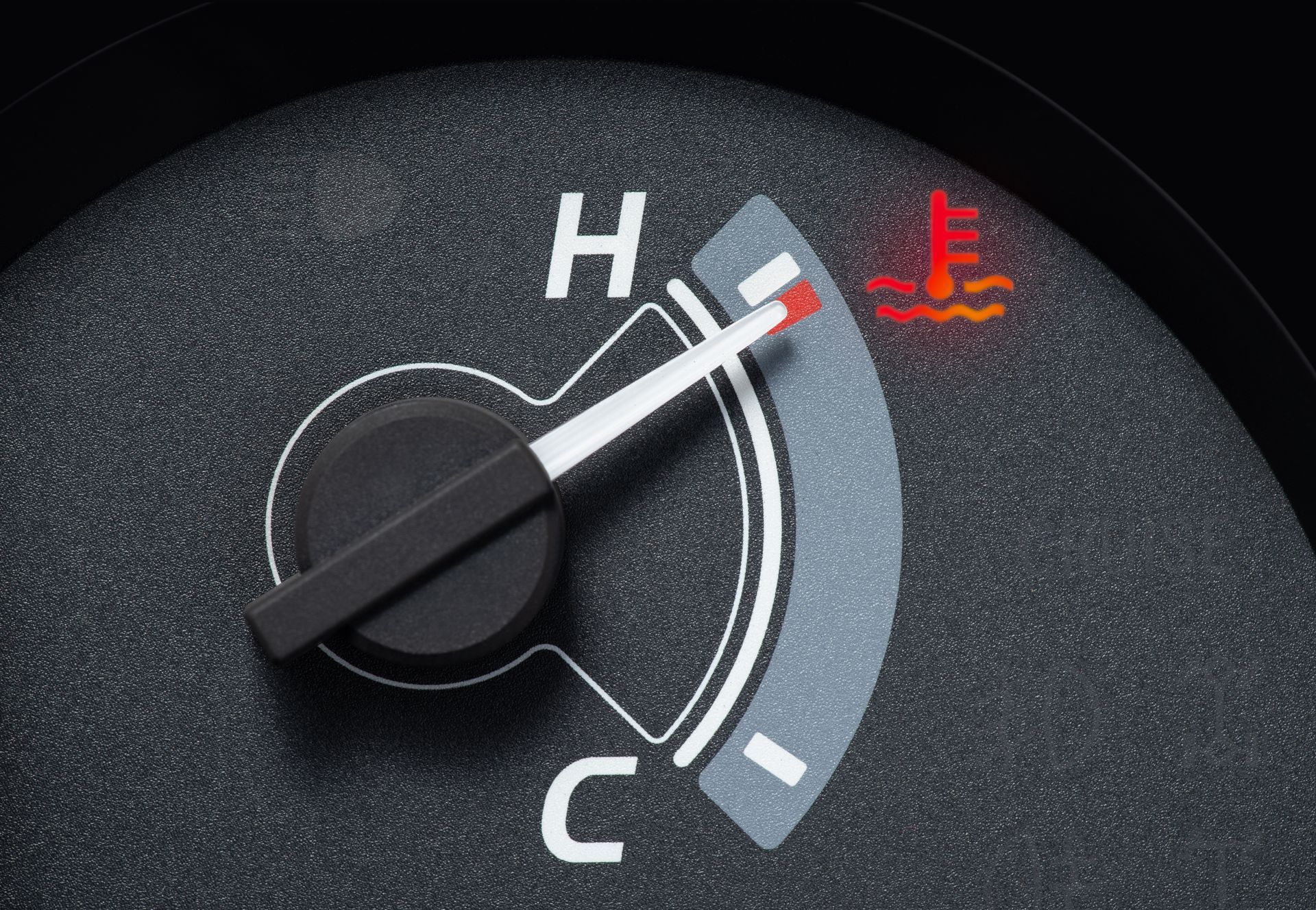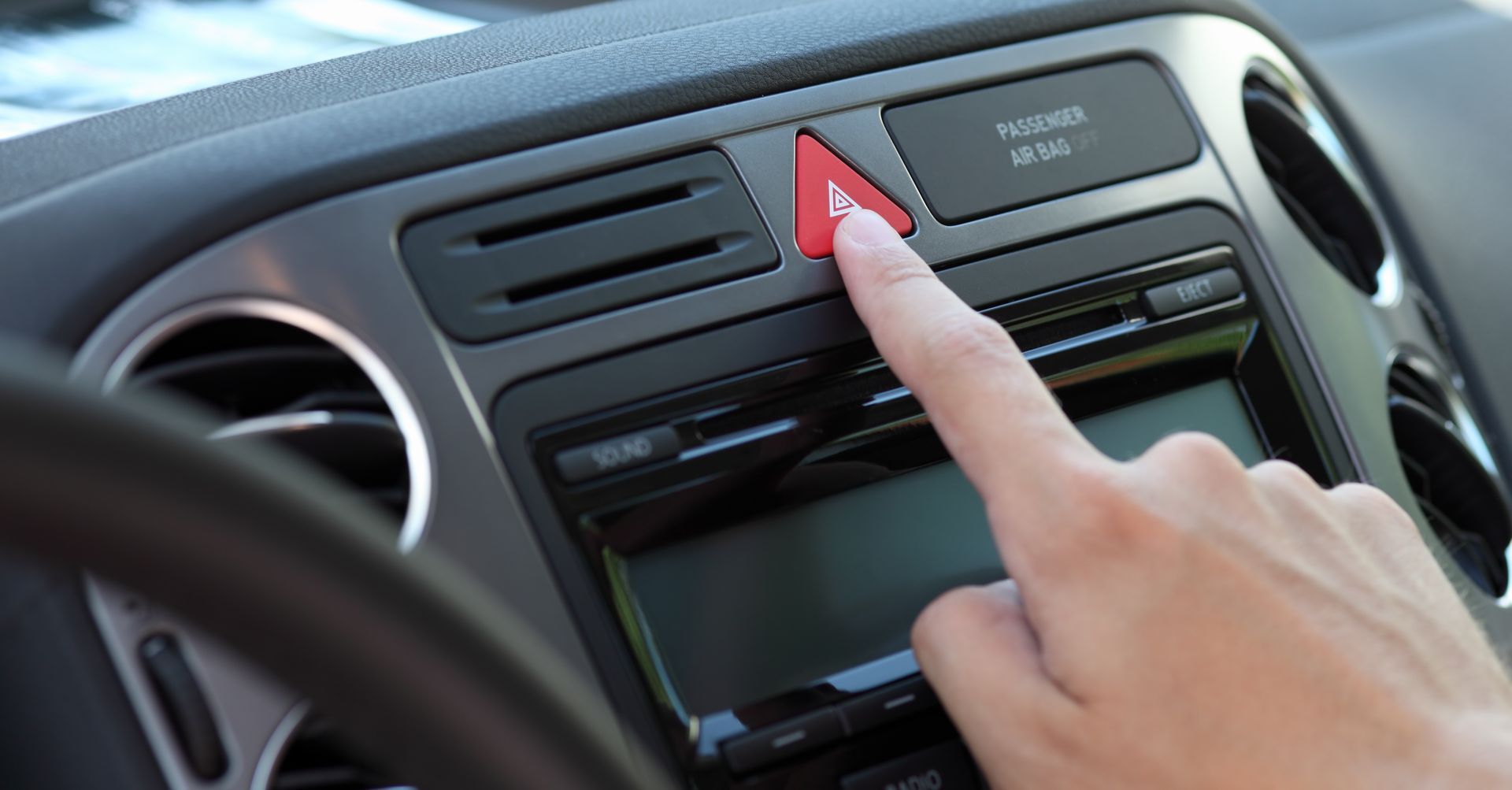Loading ...
Missing business hours data / Error occurred while getting the data.
Loading ...
Missing business hours data / Error occurred while getting the data.
How Can I Avoid Hitting Animals While Driving?
August 26, 2024
Collisions with animals can be a frightening and dangerous experience, not just for you but also for the wildlife around you. Whether you're driving on rural roads or through wooded suburban areas, it's crucial to stay alert to the possibility of animals crossing your path. Hitting an animal not only damages your vehicle but can also pose a serious safety risk. So how do you avoid hitting animals while driving? We will share steps for reducing your risk and making the roads safer for everyone.
Understanding Animal Behavior
Before anything else, it's essential to understand why animals end up on roads. Animals like deer, raccoons, and other wildlife cross roads for food, water, and migration purposes. When they're most active, they often wander into traffic areas during dusk and dawn. It's during these times that your chances of encountering an animal on the road increase. By being aware of this, you can begin to adjust your driving habits, helping you stay prepared and avoid a potentially dangerous collision.
Stay Alert in High-Risk Areas
Certain areas are more prone to wildlife crossings, and it’s in these regions where you should take extra precautions. Pay attention to animal crossing signs—they’re not there just for decoration. These signs mark areas where animals are frequently spotted crossing the road. When driving through these areas, reduce your speed, especially during dawn or dusk when animals are more active. Slower speeds give you more time to react if something suddenly jumps into your lane.
Nighttime driving also poses higher risks. Using your high beams when possible can improve your visibility and help you spot animals from a distance. However, remember to dim them for oncoming traffic to avoid blinding other drivers.
Scan the Road Ahead
Another way to prevent animal collisions is to constantly scan the road and the surroundings. Don’t just focus on what’s directly in front of you—keep an eye on the edges of the road, too. Animals often appear suddenly, darting from wooded areas or ditches. You might even spot a quick flash of eyes reflecting in your headlights. These reflective flashes can be an early warning signal that an animal is nearby, giving you enough time to slow down and react.
Also, remember that animals like deer often travel in groups. If you see one crossing the road, there’s a good chance others are following. Slowing down and being cautious can prevent you from colliding with animals that may be trailing behind the first one you spot.
What To Do If You Spot An Animal On The Road
Seeing an animal on the road can be a moment of panic. However, the key to safely handling these situations is to remain calm. First, avoid swerving. While your initial instinct might be to quickly steer out of the way, swerving can actually cause more harm. Swerving could lead you to lose control of your vehicle or crash into another car. Instead, brake firmly but maintain control of your steering wheel.
If the animal is large—like a deer or moose—it’s often better to stop and let it cross rather than attempt to drive around it. Smaller animals, on the other hand, might be frightened off by a quick honk of your horn. The sound can scare them away from your vehicle, clearing the road ahead.
Drive Defensively and Be Prepared
Defensive driving is one of the most effective ways to avoid collisions, including with animals. This means anticipating potential dangers before they happen. When you drive defensively, you're not just focusing on your immediate surroundings but staying aware of what’s happening far ahead and around your car.
Here are a few defensive driving tips to help you avoid animal collisions:
- Keep a safe distance: Don’t tailgate the car in front of you. If they suddenly brake for an animal, you need enough room to stop safely.
- Use your horn when necessary: A short honk can often scare animals off the road, especially smaller creatures.
- Be aware during peak animal activity times: Dawn, dusk, and nighttime are the most active times for wildlife crossings.
What Happens After a Collision
Sometimes, despite all precautions, an animal collision is unavoidable. If you do hit an animal, the first step is to stay calm and assess the situation. Pull over safely to the side of the road and turn on your hazard lights. If the animal is still alive and blocking the road, do not approach it—it could be scared and aggressive.
Call the local authorities to report the incident and request assistance. You should also document the damage to your vehicle and file an insurance claim if necessary. Make sure to take photos of the damage for your records. It's also a good idea to have your car inspected, as animal collisions can sometimes cause damage to critical components like the front end, tires, or suspension.
Don’t wait for a close call to check your vehicle’s safety features. At
PRO-CAT Auto Care & Repair, we specialize in preparing cars for every driving condition. Contact us today to schedule an inspection.
Contact Us
Loading ...
Missing business hours data / Error occurred while getting the data.
Quick links
Loading ...
Missing nap lines data / Error occured while getting the data.




